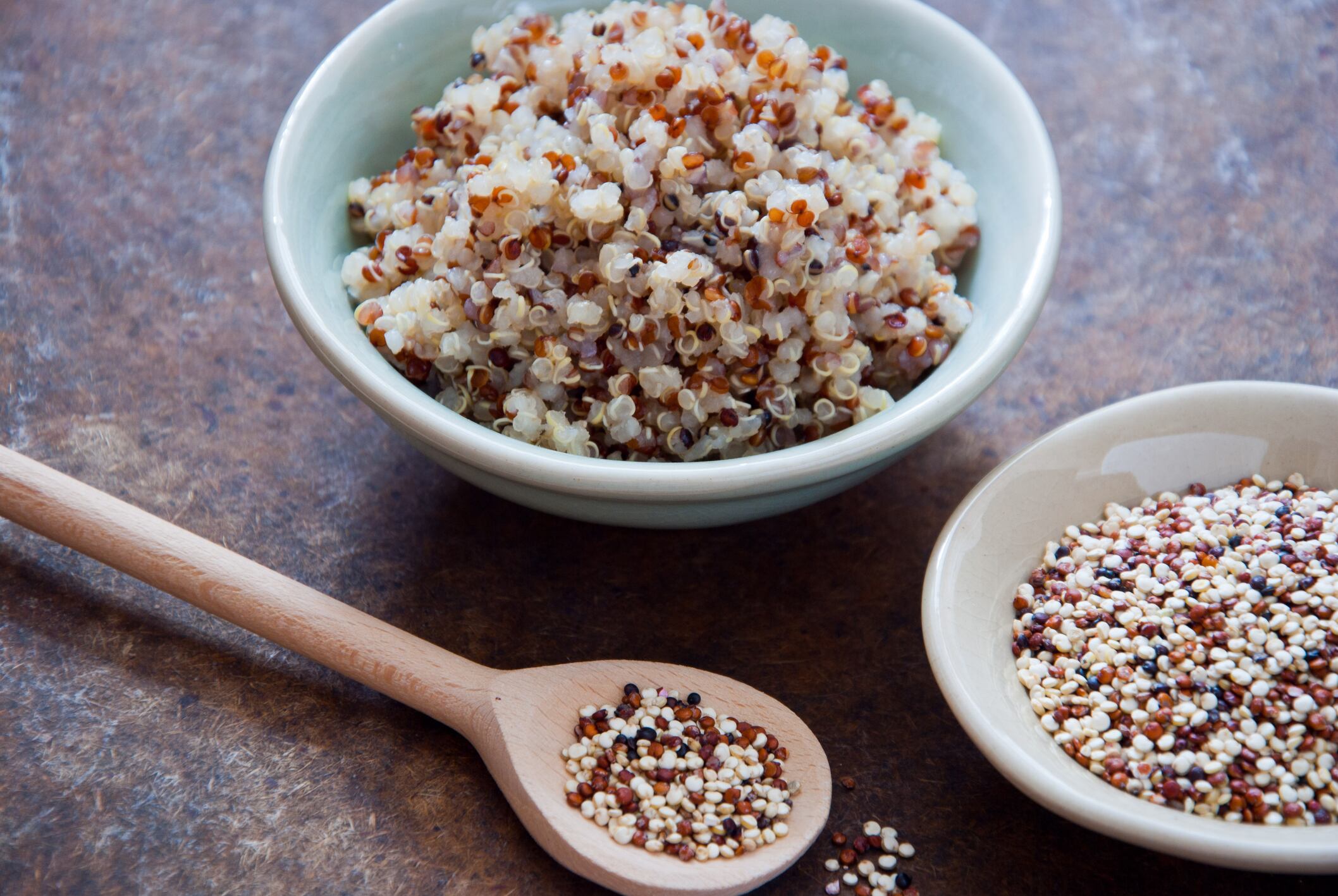In Peru, for example, quinoa is often seen as the “poor man’s food”, according to Dr. Karl Schmid, a crop biodiversity professor at the University of Hohenheim in Stuttgart, Germany, who collaborates on projects in that country. However, there has been a small upturn in Latin America, as finished product companies start to team up with processors to create products that go beyond standard grains and seeds.
A 2017 market report conducted by Benexia, Chile’s largest chia seed producer and processor, called Latin America “a buffer consumer, basically for excess supply or lower quality at lower prices” for its demand for 10,000 tons for food quality chia (the US buys 35,000 tons and Europe 15,000 tons). It added, however, “Chile and Argentina have mature chia markets.”
Back in 2004, Benexia initially targeted the B2B market to snap up nutraceutical clients with chia supplements. A key driving force behind Chile’s “mature market”, the company soon attracted clients such as Kellogg’s and PepsiCo before moving into the B2C market. Benexia later developed SOW, an umbrella line stocked by health food stores in Chile as well as supermarket giants Walmart and Jumbo, and now produces SOW chia flour, dressings, snacks and beverages among other products.
Growing the Chilean market through innovation
Carolina Chica, head of nutrition research and regulatory issues at Benexia, told FoodNavigator-LATAM innovative products made with these ancestral seeds continue to grow in Chile. “While we started out with a chia cereal in 2009, by 2017 our range included chia pasta, high-protein cereal bars, cakes, milkshakes and toasted seeds for salad toppings.”
One successful B2C collaboration was with Soazo Pasta; its chia pasta was shortlisted for an Avonni innovation award in Chile last year. She added: “Launching February 2017, that line started off using 300 kilos of raw material; 11 months on, they now require two tons for the Chilean market. Benexia has followed suit: we launched a gluten-free chia pasta under the SOW label two months ago.”
Other products using chia to reach supermarket shelves in Chile include yoghurt, bread, cookies and crackers as well as protein shakes aimed at the elderly.
Quinoa

As for quinoa, consumption in Bolivia has seen a small nudge upwards, according to the International Quinoa Center (CIQ). Domestic consumption reached 15,977 tons in 2017, up almost 1,000 tons on the previous year. The per capita numbers are less startling, rising from 1.36 kilos to 1.48 kilos on the same years.
Clara Little, a Bolivian PhD student in quinoa genetic improvement at the University of Copenhagen, said that after Andean culture – including traditional foods – was eliminated by the conquistadores, her countrymen are only just starting to come round almost 500 years later.
She said: “The government has started to wield its influence on quinoa as a superfood and pensioners now receive a kilo of quinoa flour; it’s also subsidized for new mothers. And, as this grain has become valued by the outside world in recent years, the upper classes have started to consume it.”
Many products such as quinoa beer made by small independent producers in Bolivia’s Altiplano are consumed locally, rarely making it to capital La Paz. Bolivia’s quinoa pioneer Irupana, however, produces Andean snacks such as Nutri Chango energy bars, and quinoa pop, a cereal bathed in cane sugar, which are sold nationally, while in Peru, national brewer Cusqueña has had success with a special edition quinoa beer. Colombia’s Alimentos El Dorado, is successfully exporting chia and quinoa fusilli to Uruguay among other Latin American countries.
